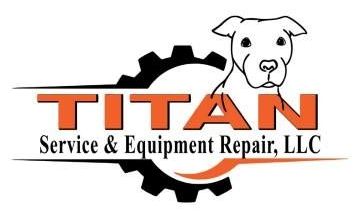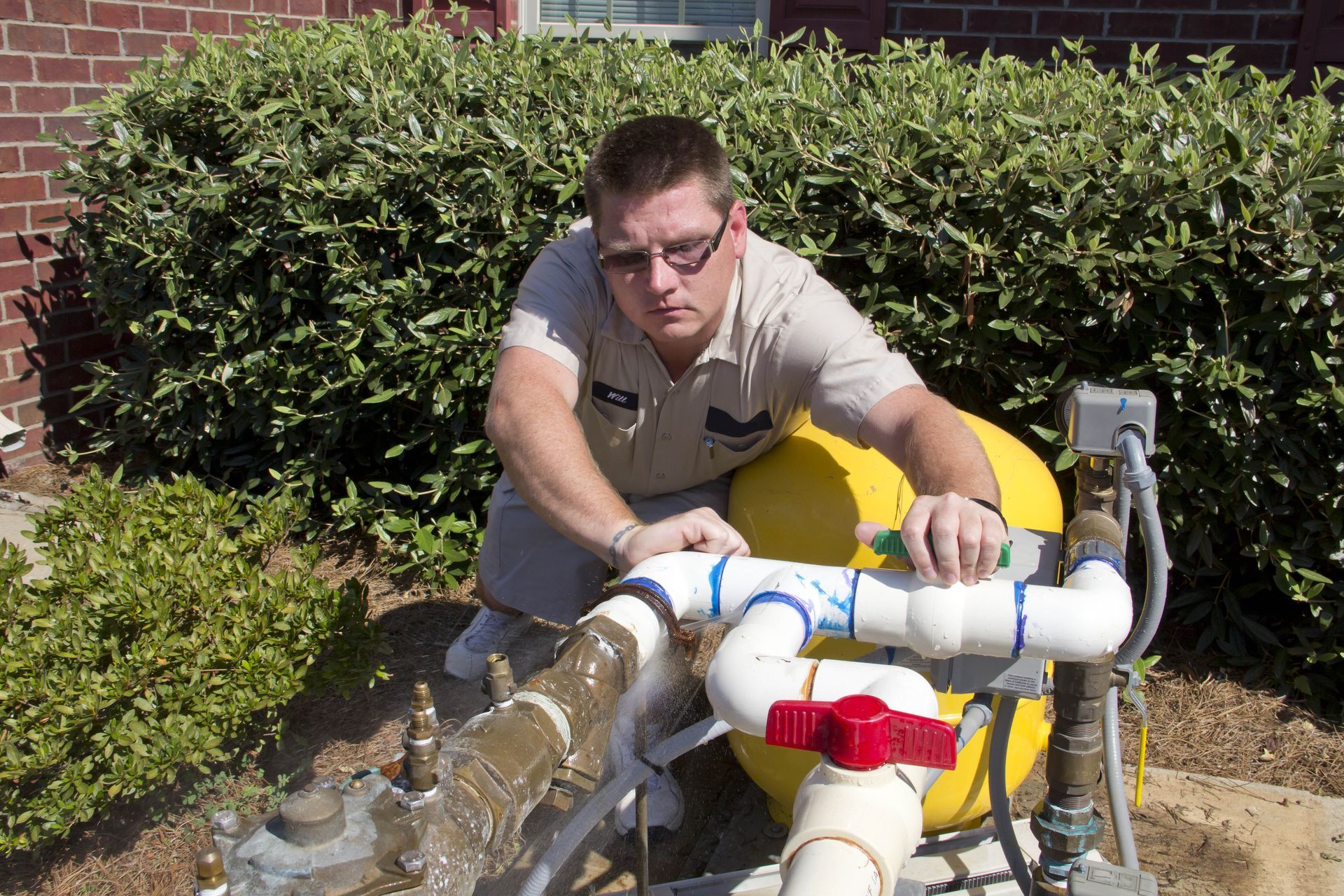The Role of Fluid Equipment Repair in Modern Manufacturing
Modern manufacturing relies heavily on precision, efficiency, and reliability. Among the many components that keep industrial operations running smoothly, fluid handling equipment plays a pivotal role. Pumps, valves, compressors, and hydraulic systems are the lifeblood of production lines, ensuring that liquids and gases are transported and controlled accurately. However, like any mechanical system, these pieces of equipment are prone to wear and tear. That’s where fluid equipment repair becomes essential. In this blog, we'll explore the critical role of fluid equipment repair in modern manufacturing, its benefits, and how it contributes to operational excellence.
Understanding Fluid Equipment in Manufacturing
Fluid equipment encompasses a broad category of machinery used to move, control, and store liquids and gases in industrial settings. This includes pumps, compressors, hydraulic systems, filtration units, and valves. These systems are crucial for a wide range of industries, including automotive, chemical, food and beverage, pharmaceuticals, and energy production.
Pumps, for instance, are responsible for moving liquids through pipelines, cooling systems, or production processes. Valves regulate flow and pressure, ensuring that systems operate within safe parameters. Compressors handle gases, maintaining pressure levels and supporting pneumatic operations. Any malfunction in this equipment can halt production, cause safety hazards, or lead to costly downtime.
The Importance of Fluid Equipment Maintenance
According to Custom Market insights, the U.S. fluid power equipment market, encompassing hydraulic and pneumatic systems, is projected to grow to $24 billion by 2033. Part of this projection is ensuring preventative maintenance practices are followed. This maintenance is standard in modern manufacturing, designed to keep equipment functioning optimally and prevent unexpected failures. Regular maintenance can include inspections, lubrication, calibration, and minor repairs. However, despite diligent maintenance, parts can still degrade over time due to corrosion, fatigue, or contamination. This is where fluid equipment repair becomes crucial.
Without timely repair, minor issues can escalate into major breakdowns. For example, a small leak in a hydraulic system can lead to a loss of pressure, affecting the precision of machinery and potentially damaging expensive components. Similarly, a malfunctioning pump can cause production slowdowns, resulting in missed deadlines and financial losses.
Common Fluid Equipment Issues in Manufacturing
Manufacturing environments are demanding, and fluid equipment faces numerous challenges. Some of the most common issues include:
- Leakages: Leaks in pumps, valves, or piping can result in fluid loss, contamination, and environmental hazards.
- Wear and Tear: Mechanical parts like seals, bearings, and impellers experience constant friction, leading to eventual degradation.
- Corrosion: Exposure to chemicals, moisture, and extreme temperatures can corrode metal components, compromising system integrity.
- Clogging and Blockages: Particles, sludge, or deposits can obstruct fluid flow, reducing efficiency and causing pressure imbalances.
- Calibration Issues: Valves, meters, and sensors require precise calibration; deviations can disrupt manufacturing processes.
The Role of Fluid Equipment Repair
Fluid equipment repair involves diagnosing problems, replacing or refurbishing worn components, and restoring equipment to optimal operating conditions. It requires specialized knowledge of hydraulic, pneumatic, and mechanical systems, as well as the ability to work with complex machinery without disrupting production.
Repair services can be categorized into several types:
- On-site Repairs: Technicians come directly to the facility to repair equipment, minimizing downtime and transportation costs.
- Workshop Repairs: Equipment is transported to a repair facility for comprehensive overhauls, refurbishments, or testing.
- Emergency Repairs: Rapid response services address critical failures that threaten production schedules or safety.
Benefits of Timely Fluid Equipment Repair
Investing in regular fluid equipment repair yields numerous benefits for manufacturers:
- Minimizing Downtime: Rapid repairs ensure that production lines continue to operate smoothly, reducing lost output and revenue.
- Enhancing Efficiency: Well-maintained equipment performs at peak efficiency, reducing energy consumption and optimizing fluid flow.
- Extending Equipment Lifespan: Addressing wear and tear promptly prevents minor issues from causing irreversible damage.
- Ensuring Safety: Leaks, pressure failures, or system malfunctions can pose serious risks. Repairing these issues safeguards employees and the facility.
- Cost Savings: Preventing major breakdowns through proactive repairs is more economical than full equipment replacement or production stoppages.
Advances in Fluid Equipment Repair Technology
Modern manufacturing has seen significant advances in repair technologies. High-precision diagnostic tools, such as vibration analysis, infrared thermography, and ultrasonic testing, allow technicians to detect problems early. Predictive maintenance software leverages IoT sensors and data analytics to anticipate failures before they occur, enabling manufacturers to schedule repairs strategically.
Additionally, innovations in repair techniques, such as advanced welding, sealing technologies, and precision machining, allow for the refurbishment of components rather than complete replacement. These advancements reduce costs, shorten repair times, and contribute to sustainability by minimizing waste.
The Role of Skilled Technicians
While technology plays a critical role, the expertise of skilled technicians remains indispensable. Fluid equipment repair demands knowledge of mechanical systems, hydraulic principles, electrical components, and material science. Experienced technicians can troubleshoot complex problems, adapt to unexpected issues, and implement repairs that restore equipment reliability and performance.
Continuous training and certification programs ensure that repair professionals stay up-to-date with evolving technologies and industry standards. Manufacturers benefit from having reliable partners who understand their equipment and can respond effectively to maintenance challenges.
Integrating Repair Into Manufacturing Strategy
In modern manufacturing, fluid equipment repair should not be seen as a reactive necessity but as a proactive strategy. Integrating repair and maintenance planning into the overall manufacturing workflow improves productivity and reduces operational risk. This approach includes:
- Routine Inspections: Scheduled inspections help identify wear or anomalies before they escalate.
- Data-Driven Maintenance: Using performance metrics and predictive analytics to plan repairs strategically.
- Supplier Partnerships: Collaborating with specialized repair service providers ensures access to expert technicians and parts.
- Training In-House Staff: Equipping employees with basic troubleshooting skills to address minor issues promptly.
Case Studies: Success in Fluid Equipment Repair
Numerous manufacturing operations have benefited significantly from effective fluid equipment repair programs. For instance, a chemical processing plant that experienced frequent pump failures implemented a predictive maintenance program with scheduled repairs. The result was a 30% reduction in downtime and significant cost savings from avoiding emergency repairs.
Similarly, an automotive manufacturing facility relied on on-site repair services for hydraulic lifts and valves. By responding quickly to minor issues, the plant maintained production schedules, improved worker safety, and extended the life of critical machinery. These examples highlight how strategic repair planning enhances operational resilience and competitiveness.
Environmental Considerations in Fluid Equipment Repair
Sustainability is increasingly important in modern manufacturing. Fluid equipment repair contributes to environmental goals by extending the life of machinery, reducing waste, and minimizing the need for raw materials. Repairing components instead of replacing them reduces the carbon footprint associated with manufacturing new parts and the disposal of old ones.
Furthermore, addressing leaks and inefficiencies prevents the unintended release of fluids into the environment, which can be hazardous and result in regulatory penalties. Efficient fluid handling through proper repair practices ensures compliance and supports a manufacturer’s commitment to environmental responsibility.
Fluid equipment is a critical component of modern manufacturing, and its proper functioning is essential for productivity, safety, and efficiency. Timely repair and maintenance prevent costly breakdowns, enhance operational performance, and extend the lifespan of machinery. In an era where precision and reliability define industrial success, fluid equipment repair is not just maintenance; it's a cornerstone of modern manufacturing strategy. Our team at Titan Service & Equipment Repair provides quality fluid equipment and pipe services. We serve Clayton, NC and the Southeast region of the United States. We're a fully licensed and insured business, so get in touch with us today for a free estimate!



Share On: